Today, I’m posting a few pictures taken at night time over the past few weeks. The first few pictures were taken earlier this week, a day before the full moon. I simply wandered around our neighbourhood to get these pictures, taking advantage of the light you can only get from a full moon. I’ve included them here in a slideshow. As usual, click on the right side of the images to advance, on the left to reverse direction.
All photos were taken without a flash, with the camera mounted on a tripod to allow for the longer exposures required for night photography. The exposures range from 15 seconds to 146 seconds. Most were shot with an aperture of f8 (for best image quality) and ISO 200-400 .
The next picture was taken on the evening of New Year’s Day at Emerald Lake Lodge and features the main lodge. This picture was taken with an aperture of f10, an ISO setting of 640 and turned out to be a 30 second exposure.
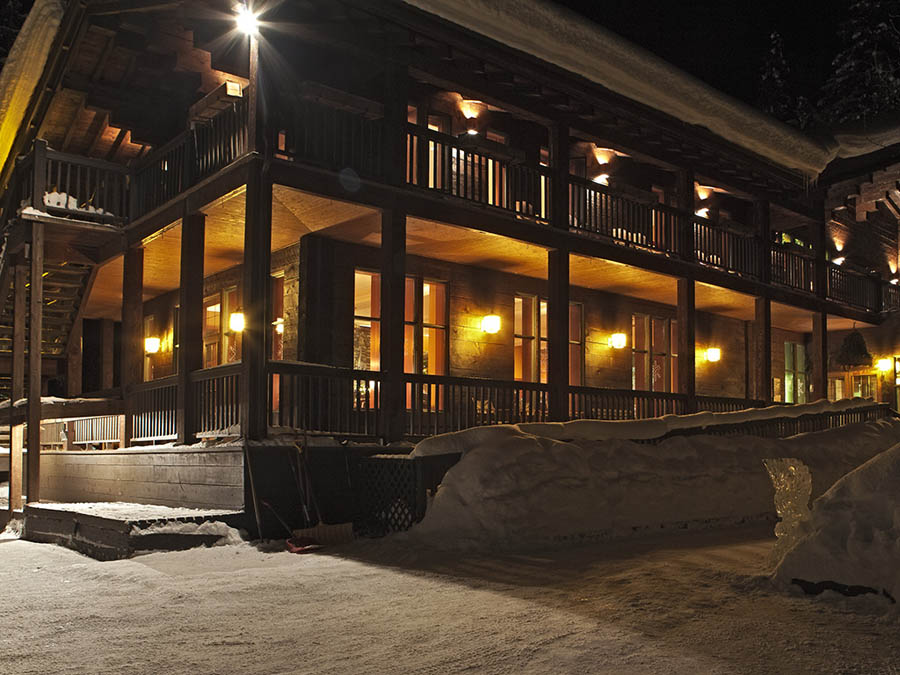
The final picture is a double exposure, a technique I learned earlier this week from members of the Canmore Camera Club. I created one image from two I had taken on New Year’s Eve at a soiree Chez Nancy and Dave Foreman. I used my iPhone camera and got some reasonably good images, including the two I’ve included below. (Yes, I should have anticipated I would be seeing fireworks and should have brought a better camera.)
Here are the two original images.
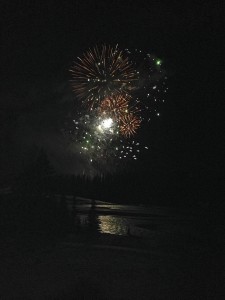
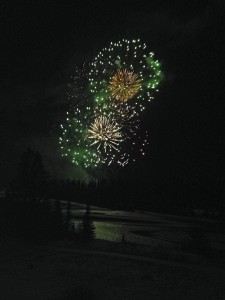
I combined these two images , using Photoshop. I overlaid one upon the other and then blended the two to get the combined image below.
Photographers using film cameras accomplished this by simply not advancing the film and shooting a second picture atop the previous one. The combined image was created in the camera itself.
The newer digital cameras have the ability to do double exposures, a feature mine doesn’t have. By current standards, my camera at 4 years of age is in the “old” category now. For anyone using a newer (2 years old), good quality Canon or Nikon camera can do it “in camera.”
While it’s easier to do it “in camera”, Photoshop offers greater flexibility and control over the look of the final image.
Here’s the final product, produced from the two exposures above.
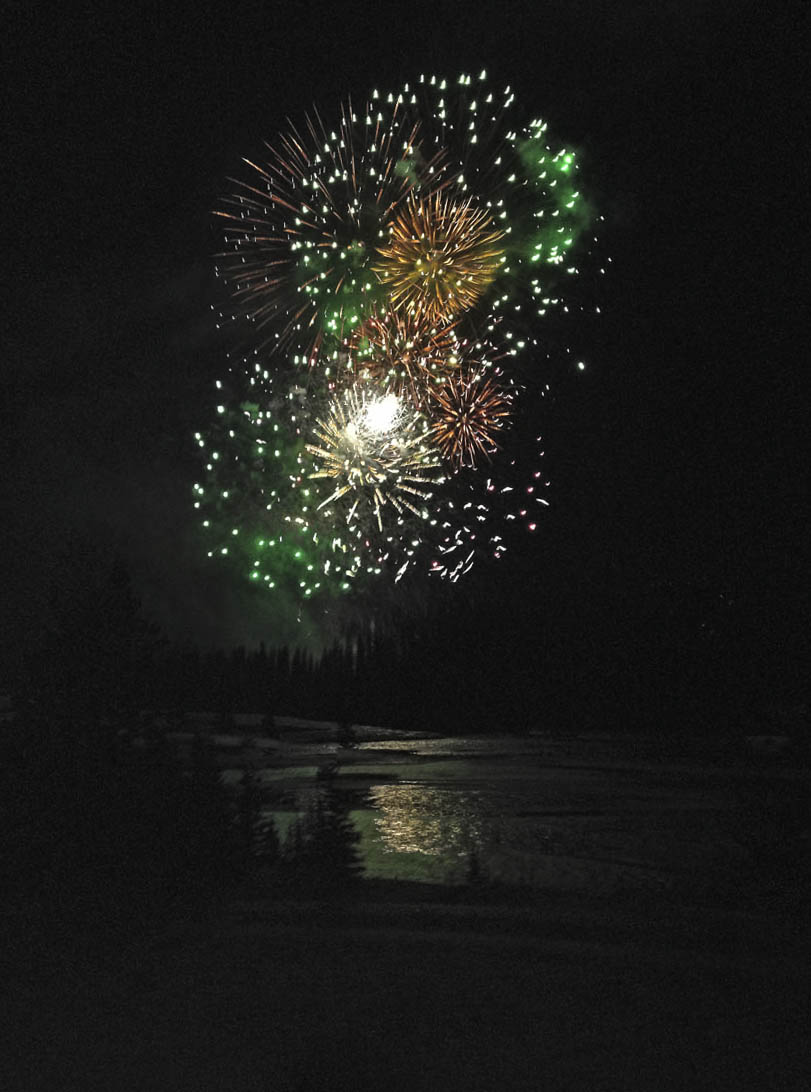
Shooting fireworks is a particularly good application for the multiple exposure feature of the camera. Applying some creativity enables much wider application of this feature. My neighbour, Stewart Hamilton uses multiple exposures regularly to produce some very interesting abstract photographs.

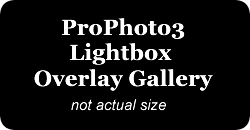
Amazing pictures Uncle Peter. We miss you!
-sabrina